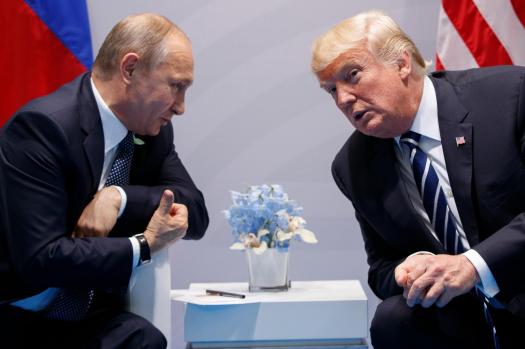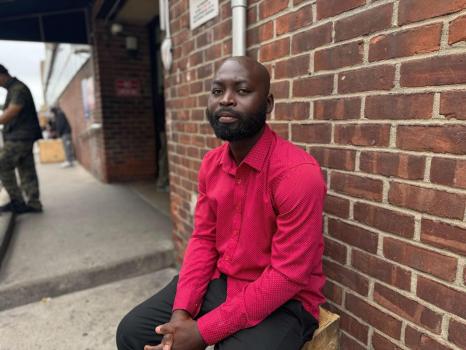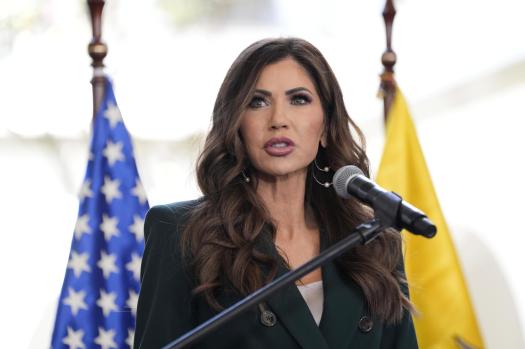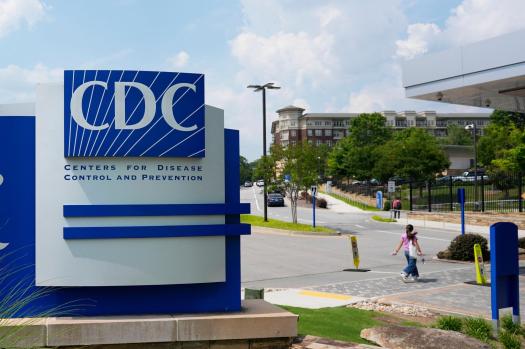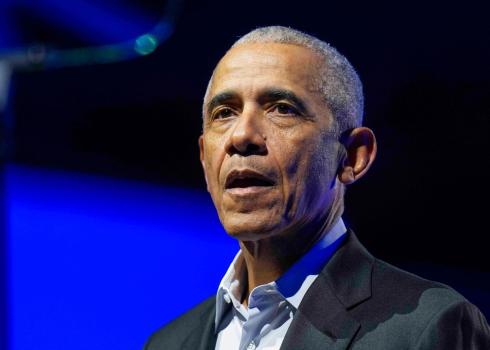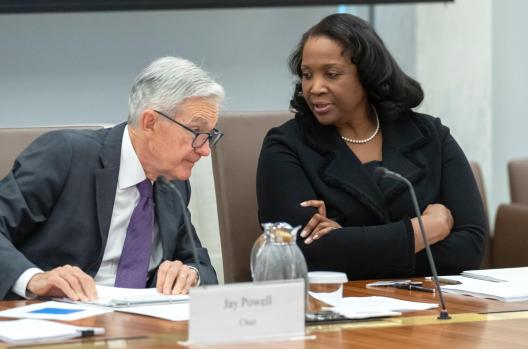By Associated Press’s Dashawa Litvinova
Quite literally, the U.S.-Russia meeting in Alaska is taking place at a location that both nations are familiar with as a Cold War front line for missile defense, radar installations, and information collection.
It remains to be seen if it can result in an agreement to bring about peace in Ukraine more than three and a half years after Moscow’s invasion.
What you should know about the first summit in four years between U.S. President Donald Trump and Russian President Vladimir Putin:
Although the exact location of the summit is yet unknown, it will take place in Alaska on Friday.
Putin will be visiting the US for the first time since 2015, when he visited New York for the U.N. General Assembly. The United States is not required to arrest Putin since it is not a member of the International Criminal Court, which in 2023 issued a warrant for his arrest on charges of war crimes.
Despite early indications that Ukrainian President Volodymyr Zelenskyy may attend, both nations confirmed a meeting between Putin and Trump alone. However, the Kremlin has always opposed Putin’s meeting with Zelenskyy, at least until Russia and Ukraine have established a peace agreement that is prepared for signature.
Putin stated last week that while he was not opposed to seeing Zelenskyy, there were still many obstacles to overcome before that could happen.
This sparked concerns about Ukraine being left out of the talks. In their conversation with Ukrainian officials last week, European allies emphasized that Kyiv’s engagement is essential to achieving peace.
Alaska was a part of the Czarist empire until 1867, but this will be the first time a Russian leader has visited the state, according to the state news agency Tass.
From the 18th century until Czar Alexander II sold it to the United States in 1867 for $7.2 million, Alaska was a Russian colony. When it was discovered to have a wealth of resources, it was viewed as a foolish transaction that led to regret and introspection.
Alaska became the focus of Russian nostalgia and humor following the fall of the USSR. “Don’t play the fool, America, give back our dear Alaska land” was a popular song in the 1990s.
On X, King’s College London’s Sam Greene described the terrible symbolism of Alaska serving as the location of a meeting regarding Ukraine as if intended to show that borders may shift and that territory can be purchased and sold.
Russia’s failure to stop the bombardment of Ukrainian cities has made Trump seem more and more frustrated with Putin. Insistence on a truce as a first step toward peace, Kyiv has consented to a ceasefire.
Zelenskyy rejected Moscow’s ceasefire demands, which included suspending Western weaponry supplies, stopping mobilization efforts, and removing soldiers from the four areas Russia unlawfully acquired in 2022. Putin wants that Kyiv give up the occupied areas—which Russia does not fully control—as well as Crimea, renounce its quest to join NATO, reduce the strength of its military, and recognize Russian as an official language alongside Ukrainian in order to achieve a more comprehensive peace.
Zelenskyy maintains that in order to shield Ukraine against further Russian aggression, any peace agreements must include strong security assurances for the country.
As Russian forces advance into other areas to establish what he has called a buffer zone, Putin has warned Ukraine that the circumstances for peace will become more difficult. Some analysts hypothesized that Russia may exchange those recent gains for Ukrainian-controlled territory in the four Moscow-annexed districts.
Ukrainians will not cede their land to the occupier, Zelenskyy declared on Saturday.
However, Trump stated on Monday that some land exchanging would take place. Through Russia and discussions with everyone, I am aware of that. For Ukraine’s benefit, to be precise. Good things, not terrible things. Some negative things for both as well.
Related Articles
-
A US senator from Colombia emerges as a Trump link for Latin America s conservatives
-
Trial to start on whether deployment of National Guard to Los Angeles violated federal law
-
Ousted FDA vaccine chief Vinay Prasad is returning to the agency
-
Europe and Ukraine leaders seek talks with Trump to defend their interests ahead of US-Russia summit
-
Newsom urges Trump to abandon redistricting fight as Texas Republicans remain stymied on new maps
Putin sees a meeting with Trump as an opportunity to solidify Russia’s territorial gains, prevent Ukraine from hosting any Western troops, and keep Ukraine out of NATO so Moscow can progressively reintegrate Ukraine into its orbit.
As swarms of Moscow’s missiles and drones bombard the nation, Ukrainian soldiers are fighting to stop Russian advances along the front line, and he thinks time is on his side.
For Putin, who has been ostracized since the invasion, the meeting is a diplomatic victory. The Kremlin attempted to present the reestablished U.S. ties as two superpowers seeking to address a number of international issues, Ukraine being only one of them.
Concerns have been raised by Ukraine and its European allies that a summit without Kyiv may give Putin the opportunity to win Trump over and pressure Ukraine into making compromises.
According to Zelenskyy, every choice that excludes Ukraine is also an anti-peace decision. They’re not bringing anything. These choices are dead. They’re not going to work.
That was repeated by European officials.
“International law is clear: All temporarily occupied territories belong to Ukraine,” stated Kaja Kallas, the head of European Union foreign policy, as we strive for a just and sustainable peace. Aggression cannot be rewarded in a sustainable peace.
Mark Rutte, the secretary general of NATO, stated on Sunday that he thought Trump was ensuring Putin was sincere and that if he wasn’t, the conversation would end there.
If he is sincere, the procedure will proceed starting on Friday. Rutte also mentioned the involvement of Ukraine and the Europeans.
According to the Kremlin, since last week, Putin has held talks with the leaders of South Africa, Kazakhstan, Uzbekistan, Belarus, Kyrgyzstan, and China, including Chinese leader Xi Jinping, Indian Prime Minister Narendra Modi, and Brazilian President Luiz Incio Lula da Silva.
According to pro-Kremlin analyst Sergei Markov, that implied Putin would have sought to inform Russia’s most significant friends of a possible solution.
Brussels-based reporter Lorne Cook of the Associated Press also contributed.
